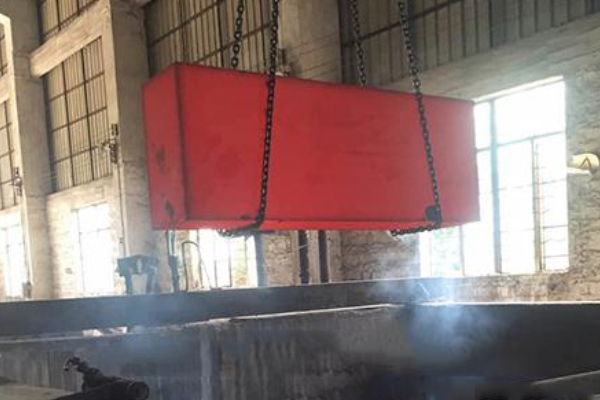1) in the austenite isothermal transformation map of the typical area, that is, about 500-600℃, water in the steam film stage, cooling speed is not fast enough, often cause uneven forging cooling and insufficient cooling speed and the formation of the "soft point". In the martensite transformation system, that is, about 300-100℃, the water is in the boiling stage, the cooling rate is too fast, easy to make the martensite transformation speed is too fast and produce a lot of internal stress, leading to the forging deformation and even cracking.
2) The water temperature has a great influence on the cooling capacity, so it is sensitive to the change of ambient temperature. As the water temperature rises, the cooling capacity drops sharply, and the temperature range of the maximum cooling rate moves to low temperature. When the water temperature exceeds 30℃, the cooling rate decreases significantly in the range of 500-600℃, which often leads to hardening of forgings, but has little effect on the cooling rate in the range of martensite transformation. When the water temperature rises to 60℃, the cooling rate will decrease by about 50%.
3) when the water contains more gas (such as newly changed water), or water mixed with insoluble impurities, such as oil, soap, mud, etc., will significantly reduce its cooling capacity, so the use and management should pay special attention to.
According to the cooling characteristics of water, water generally H can be applied to the quenching cooling of carbon steel forgings with small section size and simple shape. Quenching, must also note: keep the water temperature below 40 ℃, the best between 15 to 30 ℃, and keep the water or liquid circulation, to destroy the forging surface steam membrane, also can use swing workpiece during quenching (or make the workpiece moves up and down) method to subvert the steam membrane, increase the cooling rate between 500-650 ℃, cooling conditions, avoid to produce soft point.
Post time: Jun-09-2021

